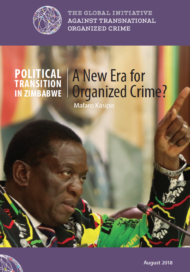Posted on 20 Dec 2011
The commercial production of drugs in Afghanistan began with the anti-Soviet jihad launched by muja- hedeen groups in 1979 with the financial and logis- tical support of the CIA, the United States and other Western states. The subsequent thirty years have seen a continuous increase in drug production, with Afghanistan advancing to become the world’s number one drug producer by the mid-2000s. With a current share of 93% of the global market in illicit opiates (opium, morphine and heroin), Afghanistan has achieved a monopoly. Recently Afghanistan has also become one of the world’s leading suppliers of cannabis (hashish).
The first light production decline in 2008 gave the UN Office on Drugs and Crime (UNODC), which monitors narcotics control in Afghanistan, reason for cautious optimism. But an analysis of the reasons for the decline suggests that one should not expect a turning point in the effort to establish sustainable, effective drug control any time soon. Furthermore, it is doubtful whether the shifting of drug production to Afghanistan’s southern provinces that has taken place can be viewed as the strategic success UNODC claims it to be. UNODC has deduced that this southward shift – which has resulted in a geographic north-south divide – has brought about a direct interrelationship among drug production, the strengthening of insurgency groups, and growing insecurity. This assessment, in turn, has prompted the international community and the Karzai government to blame neo-Taleban forces in southern Afghanistan, where they are particularly strong, for the flourishing drug trade.
Photo by Huib Scholten on Unsplash



